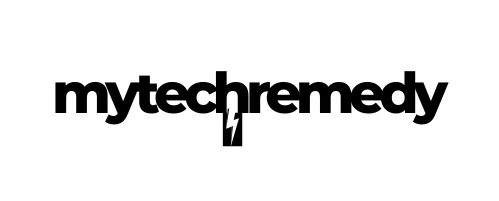The Misunderstood Role of AI in Content Creation
We’ve all heard the chatter. AI is either the messiah of content creation or the harbinger of doom for creative jobs. Yet, as we explore the intricacies of AI for content creation, what we often find is a technology that mirrors the quirks of a promising but occasionally daft intern.
Sure, AI can generate text faster than a caffeine-fueled novelist, but let’s not pretend it’s ready to pen the next Pulitzer Prize-winning work. It’s more about augmenting human creativity than replacing it. Like an intern, AI is perfect for those repetitive tasks—outlining, drafting, and even editing. But when it comes to nuance, we’re still a long way from handing over the reins entirely.
AI: The Apprentice, Not the Master
Consider this: AI can churn out content, but it’s often devoid of the human touch—tone, emotion, and context. It’s like having a spreadsheet that tries to tell jokes. Sure, it can follow a formula, but the punchline? Well, that might need a little human intervention.
The real magic happens when humans and AI work in tandem. AI is a tool, not a replacement. An enabler, not an overlord. It can help structure ideas, identify trending topics, and even suggest edits. But the soul of the content—the wit, the empathy, the storytelling—that’s still in our domain.
For those looking to improve their writing process, exploring tech solutions for effective sentence starters can be a valuable complement to AI’s capabilities.
Transformative Potential with a Side of Caution
AI does hold transformative potential, particularly in its ability to democratize content creation. Writers can leverage AI to break through writer’s block, marketers can use it to generate personalized campaigns, and businesses can automate content workflows. It’s like giving everyone a superpower, albeit one that still needs guidance.
However, let’s not pretend that AI is without its flaws. It doesn’t understand satire or irony, often struggles with cultural nuances, and can sometimes generate content that lacks accuracy or relevance. It’s a reminder that AI, for all its potential, is still a work in progress. It requires oversight, much like an intern who writes the perfect report but mislabels the graphs.
Actionable Recommendations
So, how do we harness AI’s potential without falling into the trap of over-reliance? Here are a few pointers:
- Use AI as a Collaborative Tool: Let AI handle the grunt work—drafting, outlining, and researching—while you focus on crafting the message that resonates.
- Humanize Your Content: Always add a layer of human review. Ensure the tone and context align with your brand’s voice and the audience’s expectations.
- Stay Updated: AI technology evolves rapidly. Regularly explore new tools and updates to stay ahead of the curve.
- Balance Automation with Creativity: Automate repetitive tasks to free up time for creative thinking and strategic planning. For those interested in design, exploring 3D printer design software can take your creativity to a new dimension.
In the end, remember that AI is here to assist, not to lead. Like that promising intern, it has the potential to surprise us, but only if we guide it thoughtfully.
Checkout ProductScope AI’s Studio (and get 200 free studio credits)
